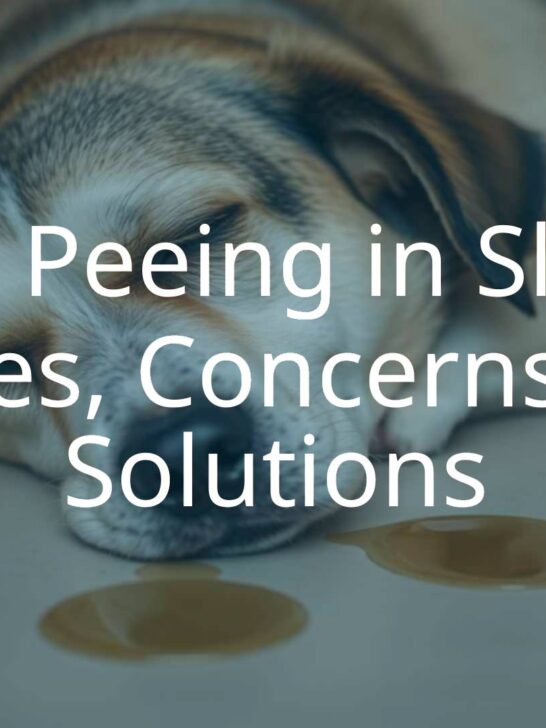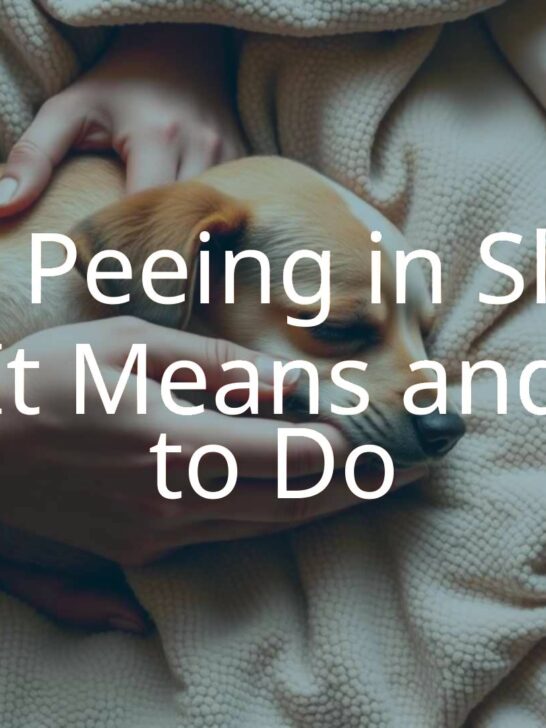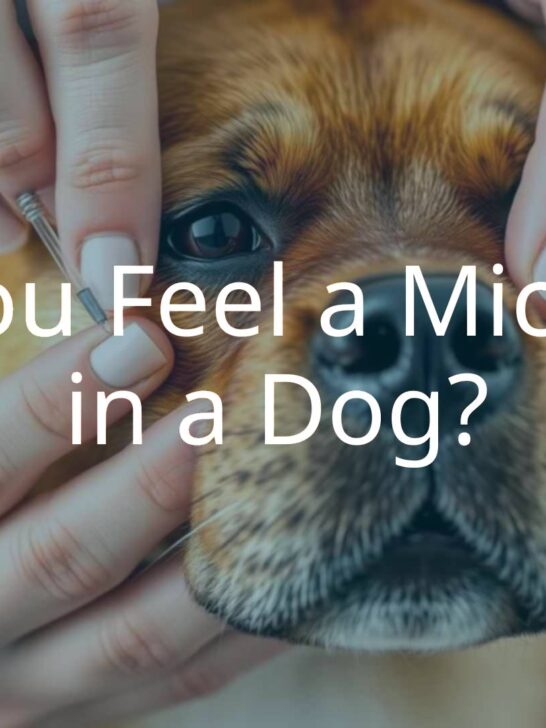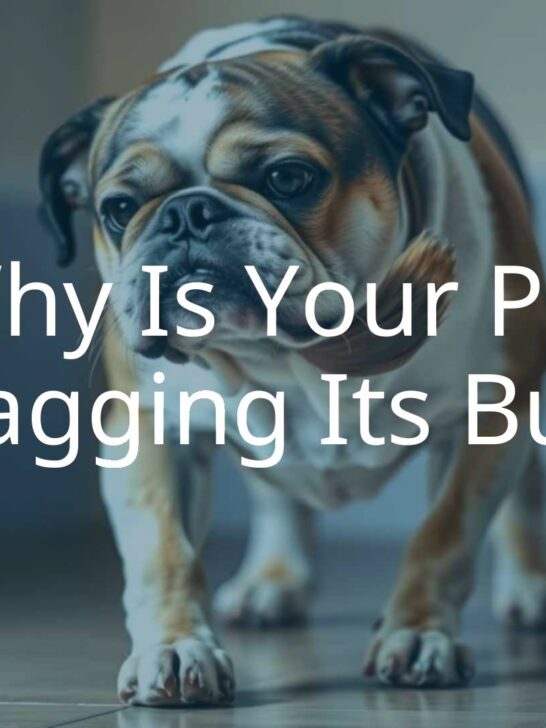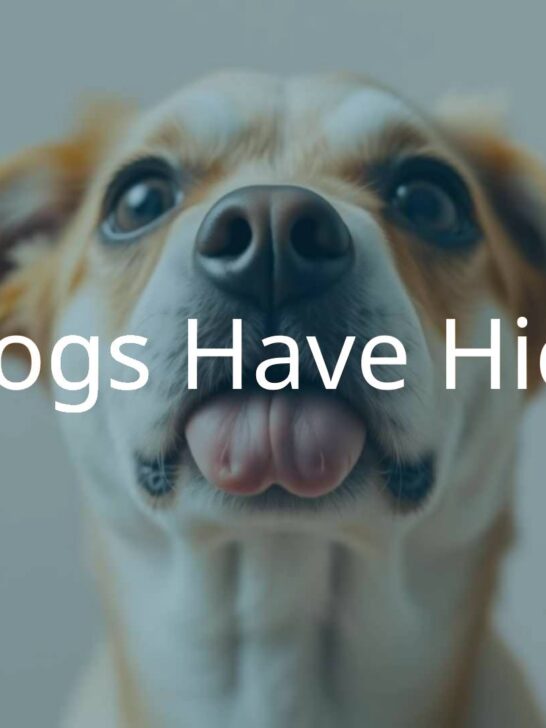German Shepherd in Heat: Unusual Powerful Ways to Success
Do you often think about what it would be like to breed your German Shepherd? After all, she is a beautiful dog and her puppies have to be at least as adorable.
What do you need to know about breeding your dog? What happens to German Shepherds in the heat?
Estrus in dogs is not extremely complicated or problematic, but it is unique. If your goal is puppies, your shepherd’s heat cycle must be approached with attention to detail and knowledge of the most effective sequence of events.
What are signs of your German Shepherd is in the heat?
In most dogs, signs of estrous are readily apparent. Other dogs are much more subtle, and their owners could completely miss all signs.
– Swollen vulva – This is the initial sign of estrus in dogs, and many owners may not notice unless they are specifically looking for it. It can be especially hard to spot with a shepherd’s moderately long fur.
– Vaginal discharge – Although it usually occurs one to three days after your dog’s heat cycle has already begun, it may be the first symptom you notice. The discharge generally has blood in it, although the amount varies. It can be clear to dark brown and usually changes as the cycle progresses.
– Stereotypical behaviors – Female dogs may exhibit mounting behavior on inanimate objects or people or other dogs in the household.
– Licking genitals and surrounding area – Your dog may lick herself to maintain cleanliness.
– Mood changes – If your dog is in heat, hormonal fluctuations could alter her mood. Many dogs become more anxious and correspondingly needier than normal. Be careful, however, because a few dogs may become mildly irritable.
– Increased frequency of urination – Easily confused with signs of a urinary tract infection, your dog may express an increased urge to urinate. During estrus, this signifies your dog’s instinctual need to advertise her condition through pheromones in her urine.
– Extra attention from male dogs – If your dog shows no other signs of estrus, she will surely exhibit this one. Dogs can detect females in heat from a couple of miles away and may show extraordinary persistence trying to meet them.
When should you breed your German shepherd?
There are a couple of factors that should guide your decision on when to breed your dog.
At what age should you breed dogs?
The main reason age is an important consideration when breeding your German shepherd is that you want her pelvis to be sufficiently developed to deliver puppies.
An Immature dog may have a narrow pelvic canal which would increase the likelihood of difficult births.
Most experts agree that you should wait to breed your dog until at least her second heat cycle. This is not an arbitrary number but ensures your dog’s pelvic outlet has broadened enough to allow the passage of puppies.
It is based on the fact most dogs experience their first heat between six and eight months of age. Subsequent cycles occur every six months thereafter.
The growth plates of the pelvis close in most dogs between 11 and 14 months of age. Complete ossification, or the finished production of mature bone, can take up to two years. This brings up another question of whether to certify your German Shepherd’s hips.
The Orthopedic Foundation for Animals, or OFA, provides an objective way for breeders to assess their pet’s hips. The goal is to eliminate many of the hereditary factors involved in hip dysplasia.
Therefore, if you want to officially certify your dog’s hips as good to excellent, you must radiograph her at two years of age or older. This would postpone your breeding timeline.
German shepherds have fairly standard heat cycles, but other breeds can vary significantly. If your shepherd is a wolf or husky hybrid, she may not experience her first heat until after a year of age and could wait longer between cycles.
How can I tell if my German Shepherd is ready to breed?
What do you need to be aware of with canine ovulation?
Dogs are as unique as cats concerning ovulation. Dogs are not stimulated ovulators, but they ovulate based on progesterone rather than estrogen.
The other huge variation is that canine oocytes require another level of maturation before they are can be penetrated by sperm. Maturation takes an additional 24 to 48 hours after ovulation.
Canine eggs are viable for about three days after ovulation. Viability of oocytes, quality of sperm, and accurate determination of timing of ovulation become increasingly important with more advanced forms of artificial insemination.
What is important about sperm?
Sperm is important for obvious reasons, but what is critical is its quality. Fresh sperm can remain vital in a bitch’s reproductive tract for almost a week. In natural breeding, it is not vital to be laser accurate with timing. The same is true when using AI with freshly obtained semen.
Despite attempts to supply ongoing energy and decrease the depletion of fuel sources for fresh chilled semen, these spermatozoa usually only live a couple of days. Frozen semen is most fragile, often viable for a mere 12 to 24 hours.
Why is timing your breeding so important?
You want to breed your dog when she is most fertile. This will increase her probability of becoming pregnant and decrease the number of times you must expose her to the male, thus lessening the chances of dogfights.
The aggression brought on by unreceptive females is due to a variety of stimuli. Your dog may attack the male because of unwanted advances. In turn, the male may become aggressive from frustration. Moreover, you cannot forget these dogs are often strangers to each other and can become territorial.
Most heat cycles last about three weeks but can range from two to four weeks. Fertility, like in other species, is highly reliant on timing around ovulation.
Ideally, your dog would live with the male during the entirety of her cycle to give her the best chance of conceiving. This is not likely.
Many stud fees only include two matings about 48 hours apart. It encourages you to make the most of your dog’s heat cycle. Poor timing is the top reason for unsuccessful breeding in dogs.
Finally, breeding your dog during her most fertile times increases the potential size of her litters.
Visual cues
You can attempt to breed by closely monitoring your dog’s signs. There are four stages of heat.
– Proestrus – This phase is the stage when your dog first comes into heat but is not especially fertile. Usually, she is not receptive to males, but there are some exceptions.
– Estrus – You should notice a change in the consistency and color of your German shepherd’s vaginal discharge. It may decrease but will become lighter with less blood. It will perhaps turn from reddish to yellow. You want to breed during this time. It lasts a week to 10 days, but the first three to five days are most her most fertile.
– Diestrus – This period after estrus signals the end of the breeding window for your dog. Vaginal swelling and vulvar discharge will taper off, your GSD will return to her normal self, and progesterone levels will peak. It can last for 80 days.
– Anestrus – is the named period between diestrus and your dog’s next heat cycle. Hormones stabilize and your dog prepares for the next heat cycle and potential pregnancy.
Hormonal changes occur during diestrus whether she is bred or not and whether she becomes pregnant or not. About two weeks into a pregnancy, hormonal changes will diverge between a pregnant dog and her nonpregnant counterpart.
Vaginal Smears
Your veterinarian or an experienced lab technician can determine your dog’s stage of the heat cycle. By this means they can pinpoint when the male should mate with your German shepherd.
According to Colorado State University, vaginal cytology, or evaluation of cells, is far more accurate than assessing visual cues to assess your dog’s readiness for breeding.
Vaginal cells change in concentration and appearance throughout estrus. Accurate laboratory analysis requires examining a few samples over several days.
- Proestrus – As expected, your veterinarian will see large amounts of red and white blood cells and sometimes bacteria. Superficial cells start to appear in larger numbers.
- Estrus – Superficial cells take over, presenting with cornified and anucleate (No cell nucleus) properties. A cornified cell has a thick inner protective layer that can easily be visualized under the microscope.
- Diestrus – Superficial cells drop off rapidly, as much as 80 percent in a single day. Intermediate and parabasal cells start moving back in.
- Anestrus – There are almost no superficial cells during this stage. Instead, there are dominant numbers of parabasal and intermediate cells.
Cytologic diestrus is a very accurate predictor for the birthdates of puppies. It occurs five days to a week after your dog ovulates. Therefore, your veterinarian may utilize it to answer gestational questions.
The cells useful in the vaginal analysis of a heat cycle are epithelial cells, or outer cells shed much like superficial skin cells.
Briefly, parabasal cells are round cells and the smallest seen on vaginal cytology. They have relatively large nuclei. Intermediate cells are up to three times the size of parabasal cells. Their nuclei vary in size, becoming relatively smaller as estrus progresses.
Blood Tests
Progesterone
Progesterone level is the gold standard in assessing whether or not a female dog is ready to breed. It is a precise indicator of when your German shepherd is at her most fertile stage of estrus because it detects ovulation.
With the advent of higher-quality in-house test kits, measuring progesterone levels in dogs has become a more practical undertaking than ever before. However, it still is not required with every breeding to have success.
Progesterone levels can be crucial in dogs who must travel long distances to breed. They also are required in dogs with prior problems becoming pregnant or others undergoing artificial insemination with cooled or frozen semen.
How can you use progesterone levels when your dog is in the heat? Your veterinarian will likely use a set protocol.
- Baseline progesterone – Your dog’s progesterone level is most likely to start around 1 ng/ml. Since it is a variable, your veterinarian will start analyzing blood samples early during proestrus.
- Initial progesterone rise – An initial rise to 1.5 to 2.0 ng/ml corresponds to the LH surge, discussed later.
- Target progesterone – Progesterone levels continue to rise and ovulation occurs between 4 and 10 ng/ml. In most dogs, even one the size of your GSD, it will be quite close to 7.25 ng/ml. Your dog is ready to breed two to four days later.
Luteinizing Hormone
Measuring LH levels in dogs is an invaluable tool for confirming trends seen in progesterone levels and exactly pinpoint ovulation. For most dogs, it is unnecessary and impractical. It is an expensive test and must be assessed daily.
Your veterinarian will begin assessing luteinizing hormone levels once your dog’s progesterone levels reach about 2 ng/ml. Remember, the initial rise in progesterone in dogs coincides with an LH surge.
The LH surge indicates ovulation will take place two days later. However, it is difficult to catch, as it only lasts 12 to 24 hours.
Therefore, while your veterinarian measured progesterone levels every other day, he or she will measure LH daily.
Ultrasound
Ultrasound enables a qualified professional to look at the ovaries to evaluate ovulation via follicular collapse. Since only marginally more accurate than progesterone assays, it is used when the accuracy of insemination within 24 hours is essential.
Is it bad for your German shepherd to go into heat?
While heat cycles are normal for dogs, you may see feel your pet is suffering some distress. If you do not plan on breeding your German shepherd, there are several compelling reasons to avoid her coming into season altogether.
– Pyometra – an infection whereby the uterus fills with pus. You can eliminate the potential for your dog developing a pyometra with surgical removal of her uterus and ovaries.
– Mammary tumor – Spaying your dog before her first heat reduces her chance of developing mammary cancer to 0.5 percent. Even if you spay her before her second estrus, you can substantially reduce her risks down to an incidence of 8 percent. Compare this to those spayed after their second heat who have a 26 percent probability of developing mammary neoplasia.
– Behavioral changes – Some behaviors your dog may exhibit while she is in heat could be annoying or undesirable. A few are uncharacteristic aggression, frequent requests to go outside, anxiety, and marking.
– Nuisance from male dogs
How do you end up with puppies, the ultimate success?
German shepherds are not a breed with extensive problems with either breeding or birth.
Unlike some breeds that need scheduled C-sections and assisted breedings, your GSD should be able to accomplish motherhood with a little guidance and monitoring from you. The end result should be 8 to 10 puppies. Watch this helpful video.
Conclusion
Deciding to take on your German shepherd’s heat cycles and possibly breed her can be at the same time exciting and overwhelming.
Like most endeavors, a prepared approach to your German shepherd in heat will eliminate many problems and greatly enhance the outcome.














